Brown Trout
Brown trout are Ireland’s only native species of trout. Brown trout live in all catchments in Ireland, provided the water quality is suitable and there are spawning areas. Like salmon, trout require very good water quality. They are present in the main Maigue channel and tributaries but are absent or scarce in much of the Maigue headwaters and in some of the tributaries, probably because of poor water quality there. So called “slob trout”, or brown trout that live in the brackish tidal waters of estuaries, can be found downstream of Adare. Brown trout do not naturally occur in any of the lakes in the catchment because none have feeder streams with suitable spawning habitat for brown trout or salmon. Bleach Lough Anglers stock their lake with Brown trout and with rainbow trout, a non-native..
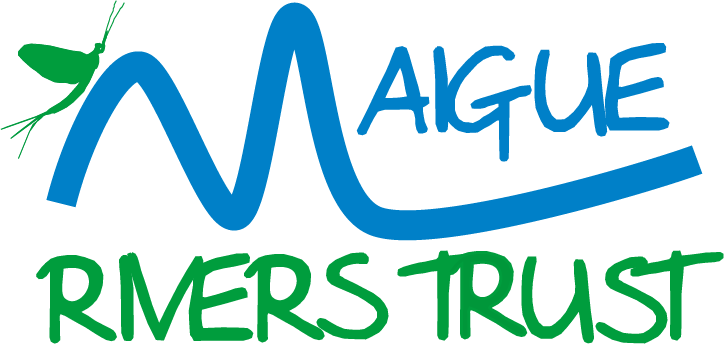
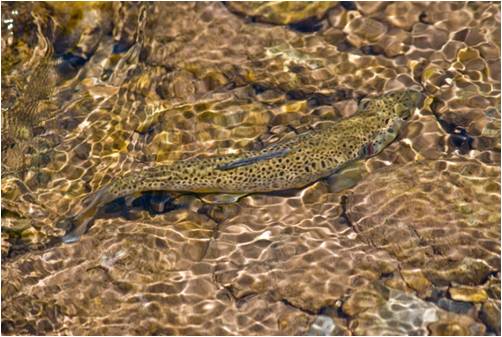
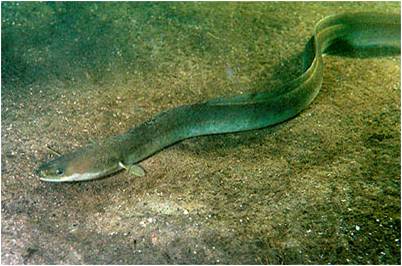

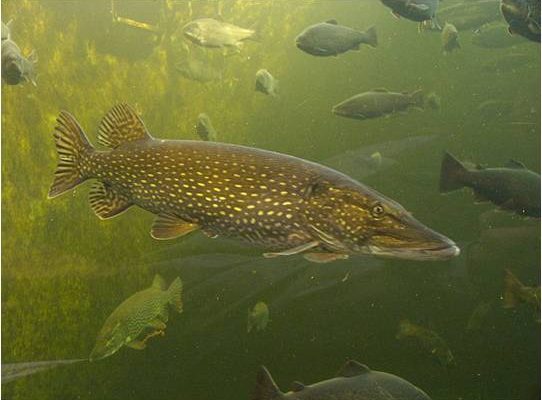

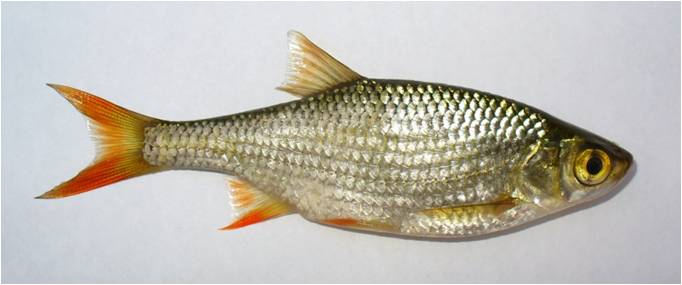
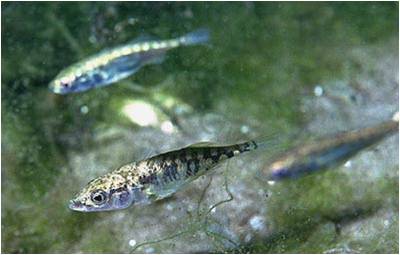
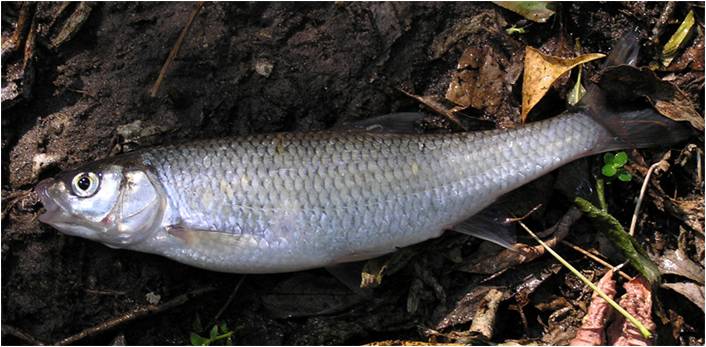
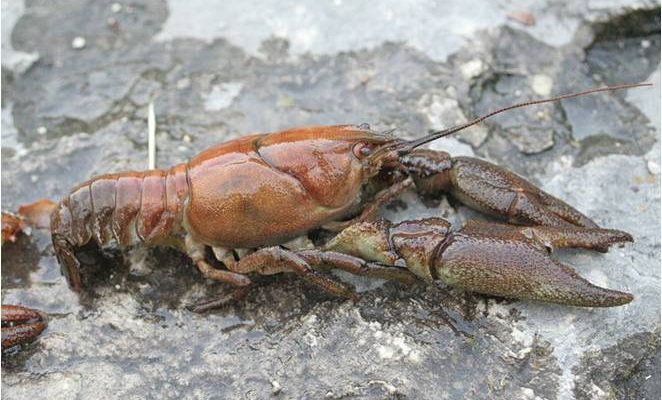


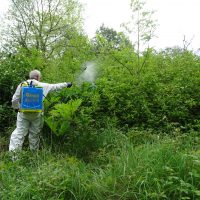

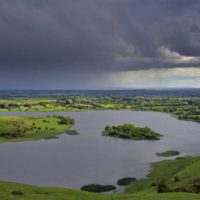
Recent Comments